The body of works consists of 2,750 oil paintings and more than 300 graphic works.
Media
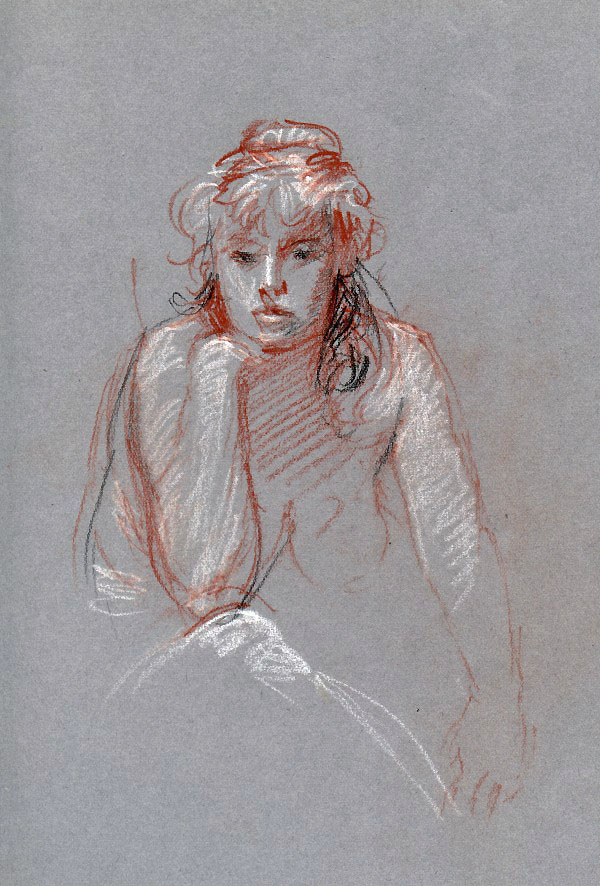
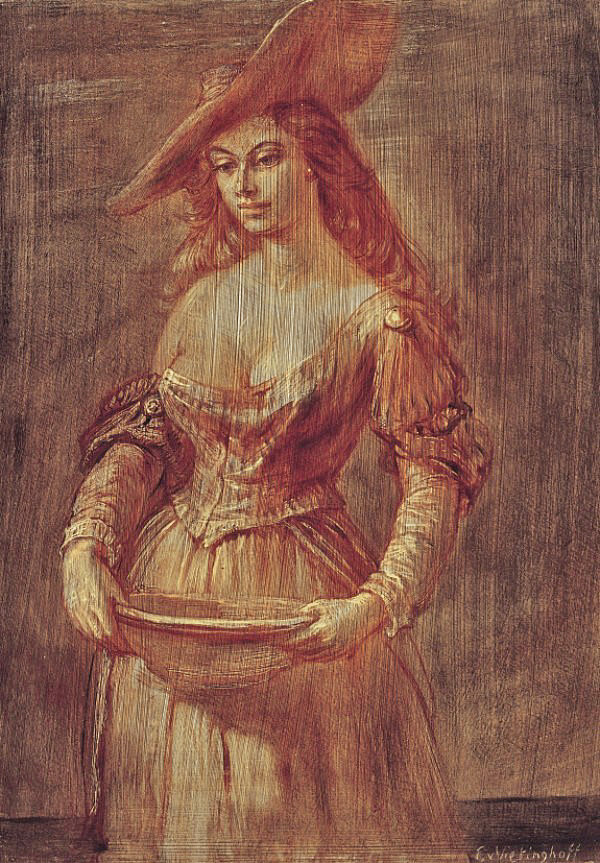 Egon v. Vietinghoff used brush, pencil, pen, crayon, and etching-needle. His most expressive paintings are in oil and resin, although he worked also in tempera and made outstanding portrait drawings in ruddle (red chalk). Later on, he used tempera only to outline the subject on top of the grounding.
Egon v. Vietinghoff used brush, pencil, pen, crayon, and etching-needle. His most expressive paintings are in oil and resin, although he worked also in tempera and made outstanding portrait drawings in ruddle (red chalk). Later on, he used tempera only to outline the subject on top of the grounding. Subjects
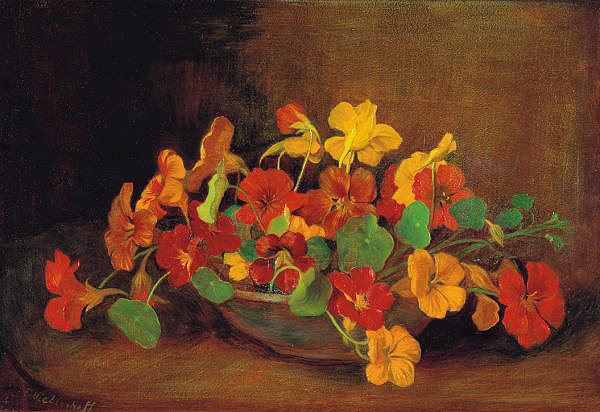
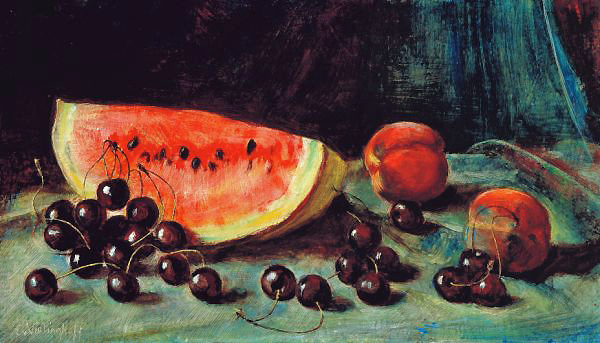 Egon v. Vietinghoff's immense work includes all the classical motifs: flowers, landscapes, still lifes, portraits, and figure scenes. Due to the large demand, more than half of his total work consists of fruit still lifes.
Egon v. Vietinghoff's immense work includes all the classical motifs: flowers, landscapes, still lifes, portraits, and figure scenes. Due to the large demand, more than half of his total work consists of fruit still lifes. Composition
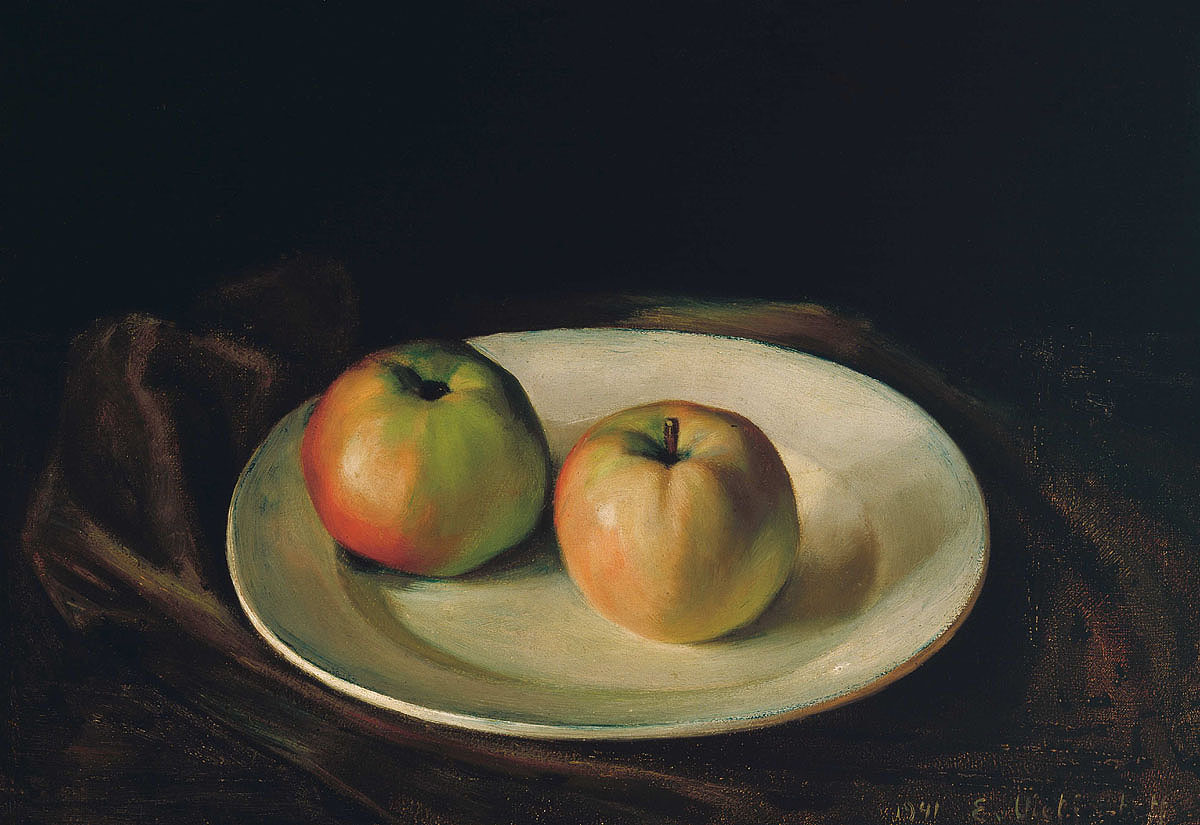
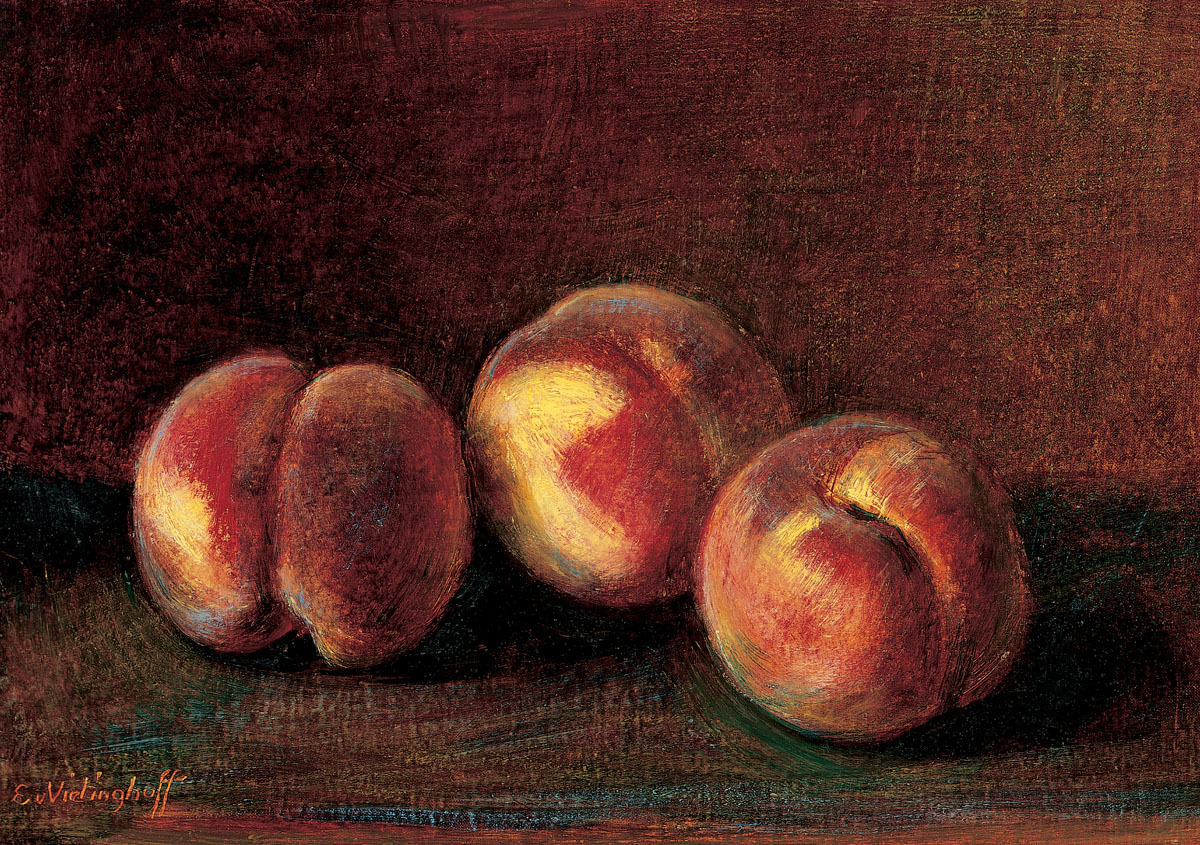 The beholder's normal distance to the picture produces a balanced representation and self-contained calm of the object. Without losing himself in details, Vietinghoff leads the eye through the whole spectrum of nuances of color and finds the medium between intensity and gentle peace. Thus, he creates the impression of unity and harmonic interaction of object and background, light and shadow, form and color, detail and totality.
The beholder's normal distance to the picture produces a balanced representation and self-contained calm of the object. Without losing himself in details, Vietinghoff leads the eye through the whole spectrum of nuances of color and finds the medium between intensity and gentle peace. Thus, he creates the impression of unity and harmonic interaction of object and background, light and shadow, form and color, detail and totality. 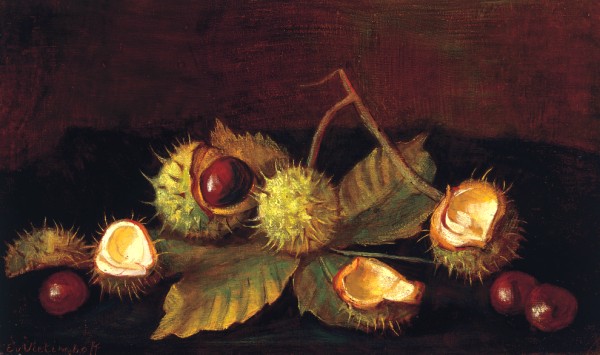
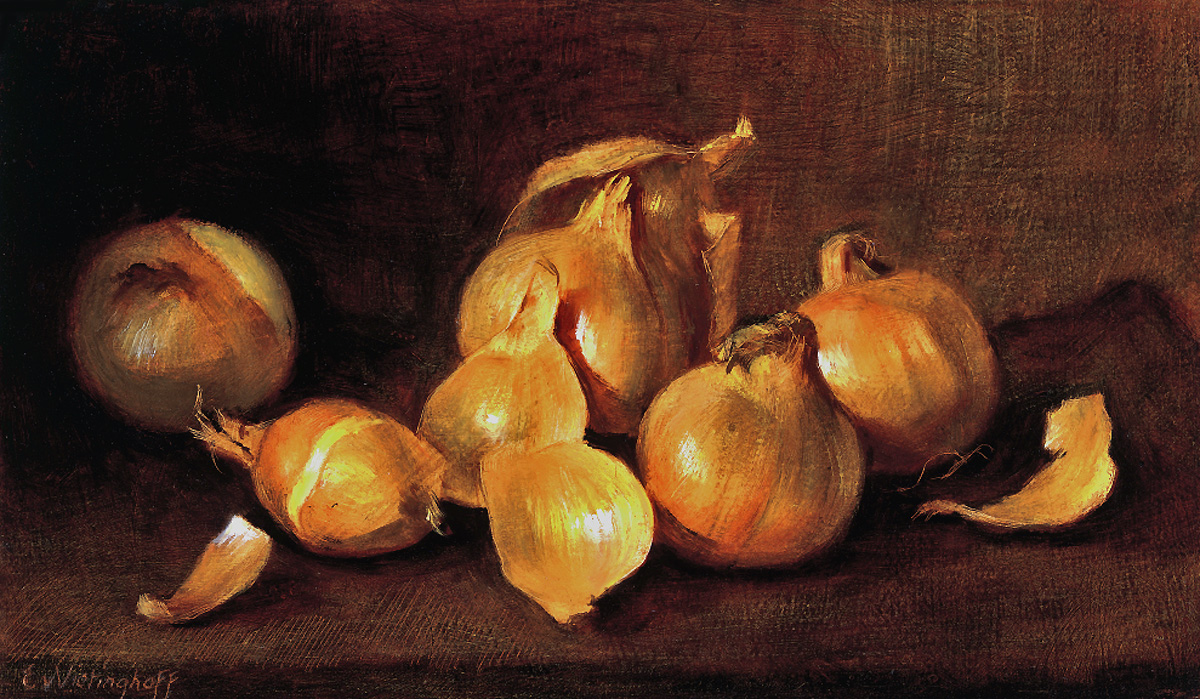 Frequently, in his still lifes, a dark velvet background forms the small stage on which the objects are depicted, in natural freshness and collective serenity.
Frequently, in his still lifes, a dark velvet background forms the small stage on which the objects are depicted, in natural freshness and collective serenity. Style
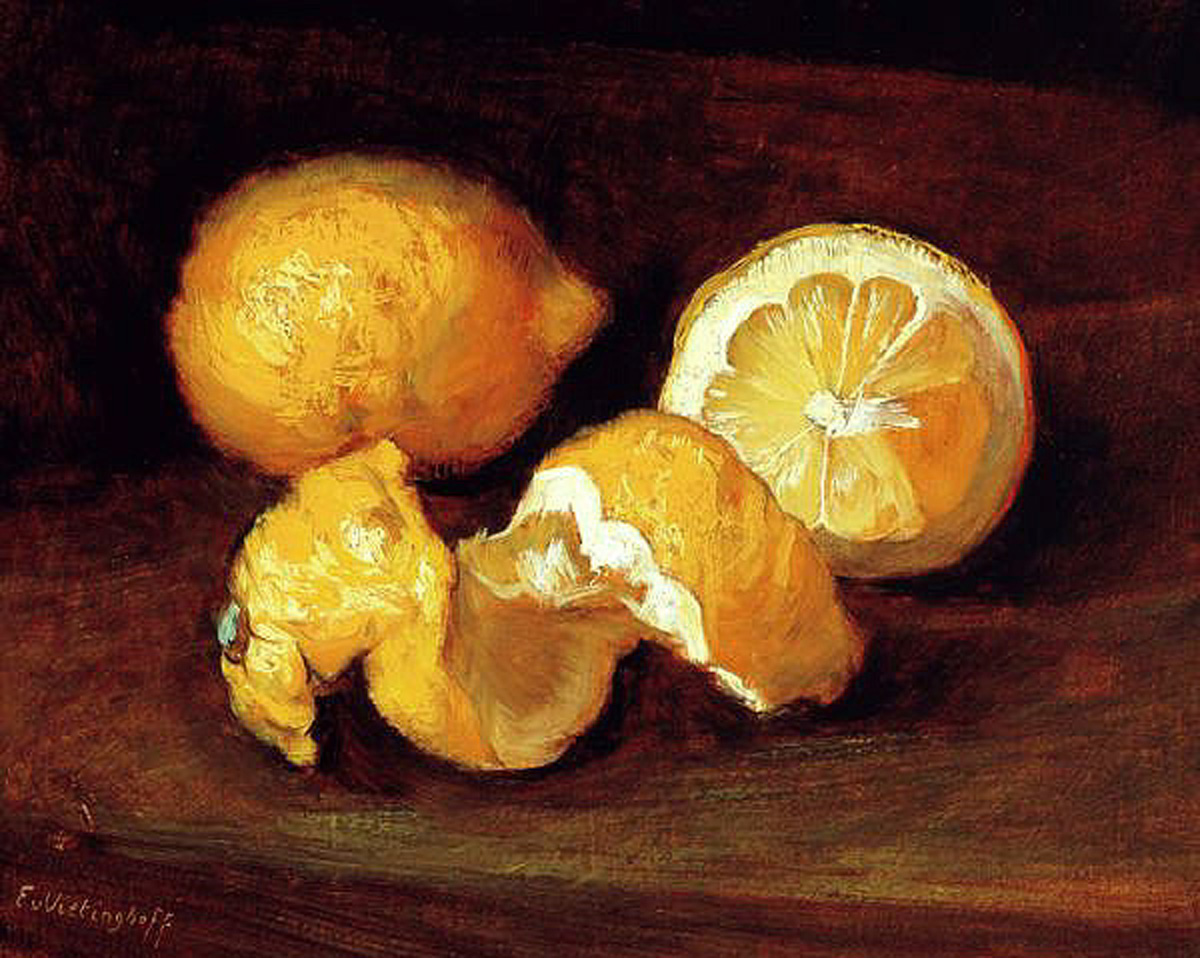
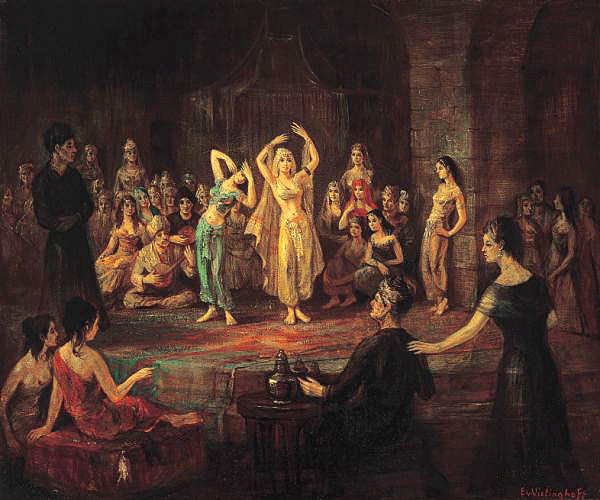 Technically and mentally, Vietinghoff confronted the Old Masters and learned from them. However, he did not imitate or "quote" them and found his own "handwriting" as a painter. His pictures convey naturalness and – without showy perspective – attract attention due to their fascinating plasticity, inner luminosity and masterfully placed highlights. His paintings are the successful synthesis of his artistic vision and his workmanship.
Technically and mentally, Vietinghoff confronted the Old Masters and learned from them. However, he did not imitate or "quote" them and found his own "handwriting" as a painter. His pictures convey naturalness and – without showy perspective – attract attention due to their fascinating plasticity, inner luminosity and masterfully placed highlights. His paintings are the successful synthesis of his artistic vision and his workmanship. Exhibitions
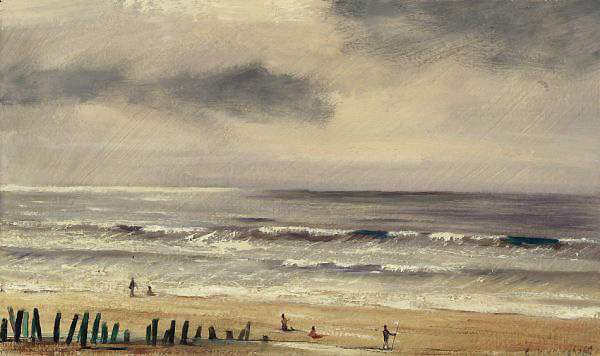
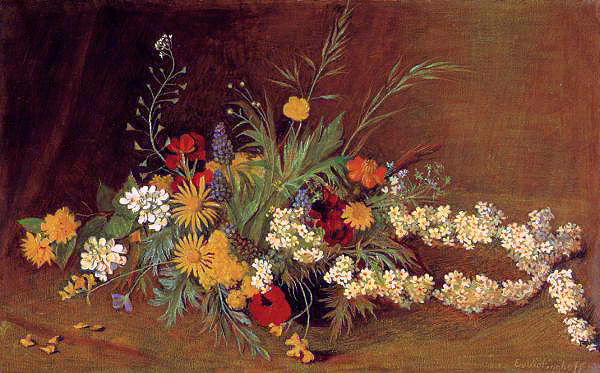 Already as a young artist, Vietinghoff showed paintings in Swiss museums (Zurich and Winterthur), and in several places in Paris (France). The dominating position of the cubist and abstract painters in the art market, as well as the Second World War, prevented the continuation of these promising beginnings.
Already as a young artist, Vietinghoff showed paintings in Swiss museums (Zurich and Winterthur), and in several places in Paris (France). The dominating position of the cubist and abstract painters in the art market, as well as the Second World War, prevented the continuation of these promising beginnings. 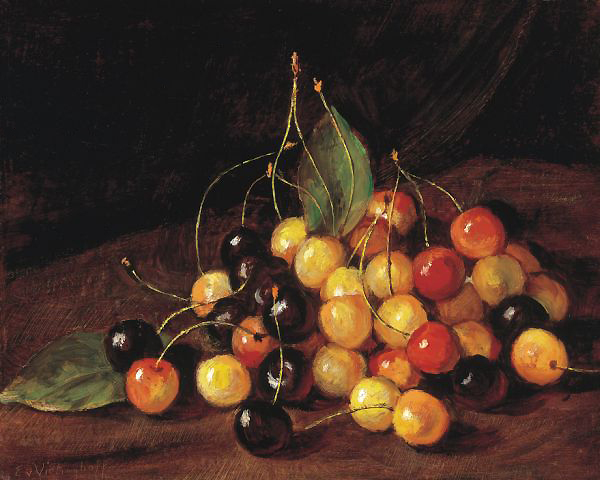
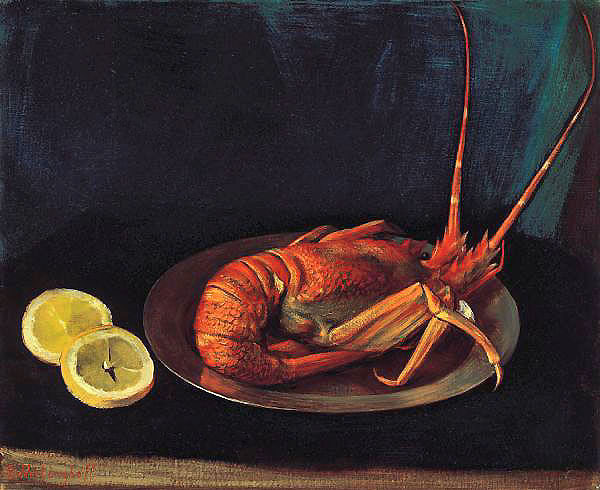 Later on,
Later on,occasional exhibitions in different towns of Switzerland and southern Germany, as well as one more in Paris and one in New York, brought him personal but not official recognition. In the course of time and in spite of the attacks coming from "art promoters", he was able to live on the proceeds of his paintings as he became more and more popular among private art lovers. Thus, he sold many of his paintings privately to visitors coming to his studio.